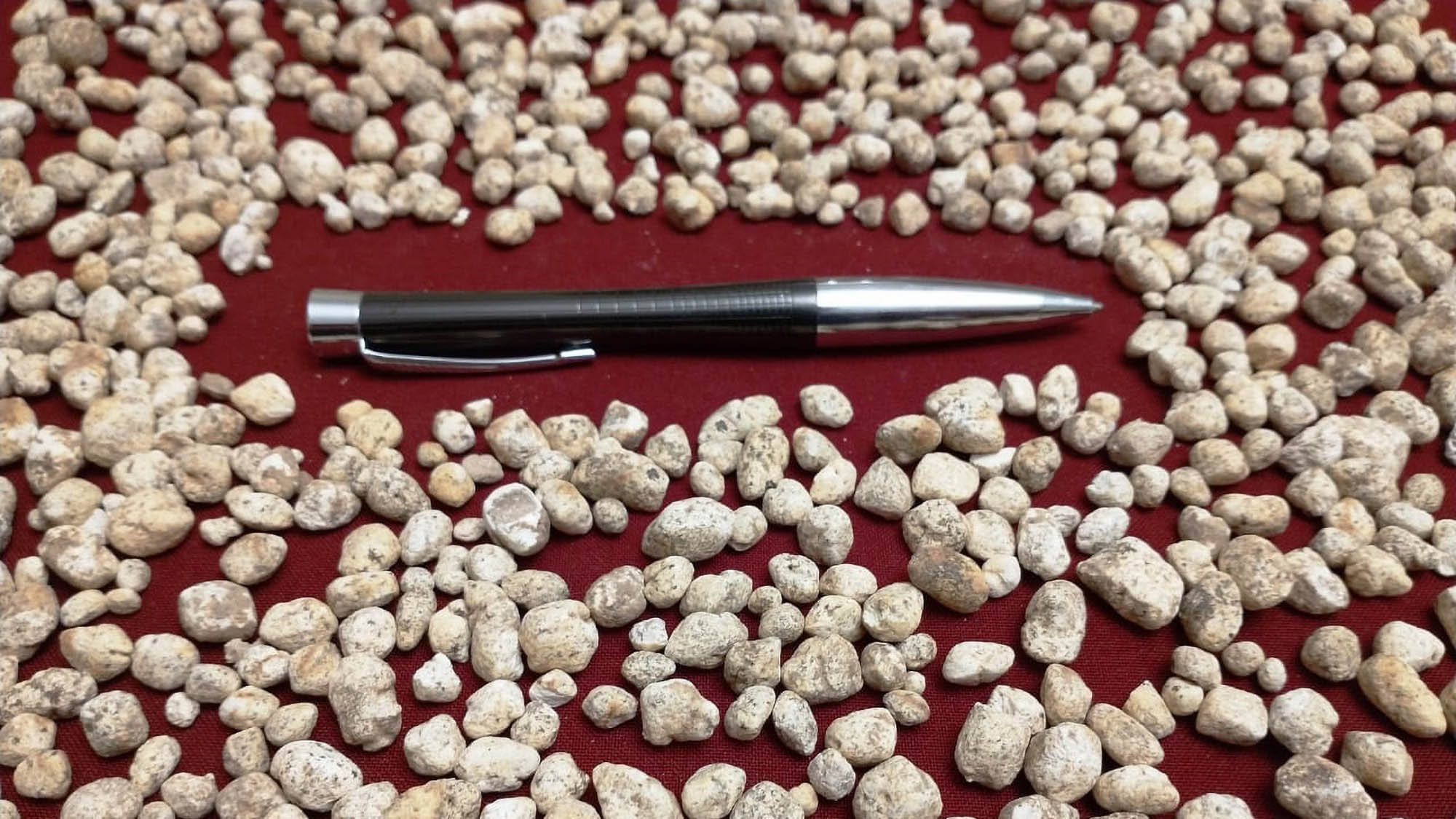Prehistoric giant sloths had a chainmail-like armour made of a bone mesh embedded in their skin to stop predators sinking their teeth and claws into them, according to new research.
Jose Luis Aguilar, the director of the Paleontological Museum of San Pedro, which is a city located in the Argentine province of Buenos Aires, provided Newsflash with a statement from the museum.
In their groundbreaking study, the experts argue that some now-extinct prehistoric mammals including giant sloths had hundreds tiny bones embedded inside their skin that formed a protective mesh against predators.
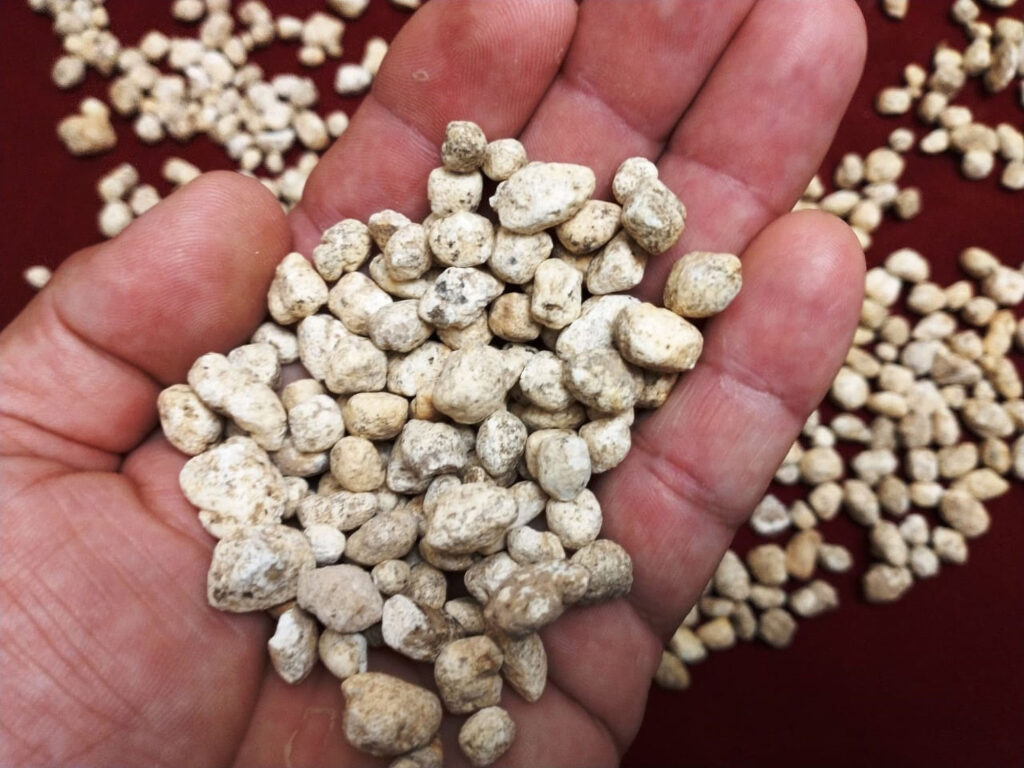
The experts say that this armour of sorts was embedded in the “dermis of certain genera of these large extinct mammals”. The dermis is the layer of skin that lies just below the outermost layer of skin, the epidermis.
The experts at the palaeontological museum, led by Aguilar, have discovered “an important amount of small dermal bones that reinforced the skin of certain giant sloths”.
They said that the surprising find took place while the experts were conducting a “routine survey” at a quarry near San Pedro.
The expert said that these tiny bones only measure between two and 12 millimetres each in diameter.
The experts also said that the bones were found in sediment dating back over 20,000 years.
The discovery was made at a quarry operated by a company called Tosquera San Pedro.
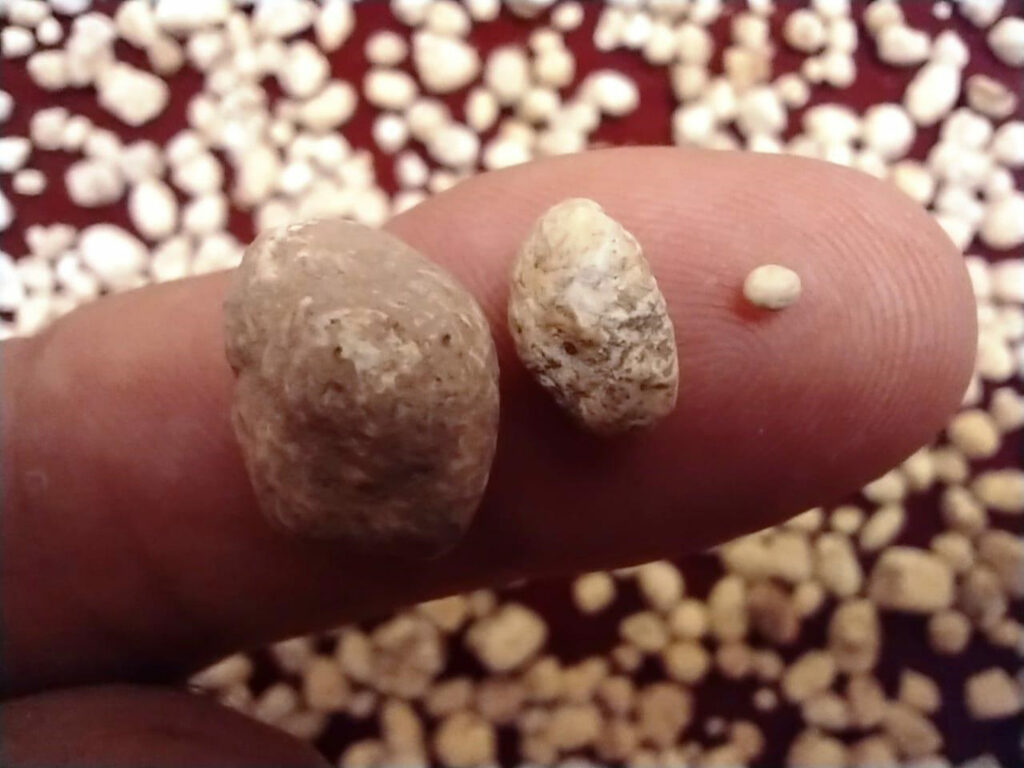
The experts who found these tiny bones have been named as Walter Parra, Jorge Martinez and Jose Luis Aguilar himself.
The experts said that the quarry is located just 5 kilometres (3.1 miles) from the centre of San Pedro and is operated by a family with the surname Iglesias, who have been working with experts from the museum “for several years”.
The experts attribute this discovery to the healthy relationship between the museum and the quarry firm, saying that the relationship has “allowed the recovery of very valuable fossils”.
Aguilar said: “Within the tissues of their thick skin, these animals developed these hard balls as a defence strategy against attacks from predators. Located one next to the other, they began as tiny packages of cells that grew to the size of a bean, and then ended up generating a kind of flexible but very resistant ‘mesh’ that covered the body and made it difficult for claws and teeth to enter.”
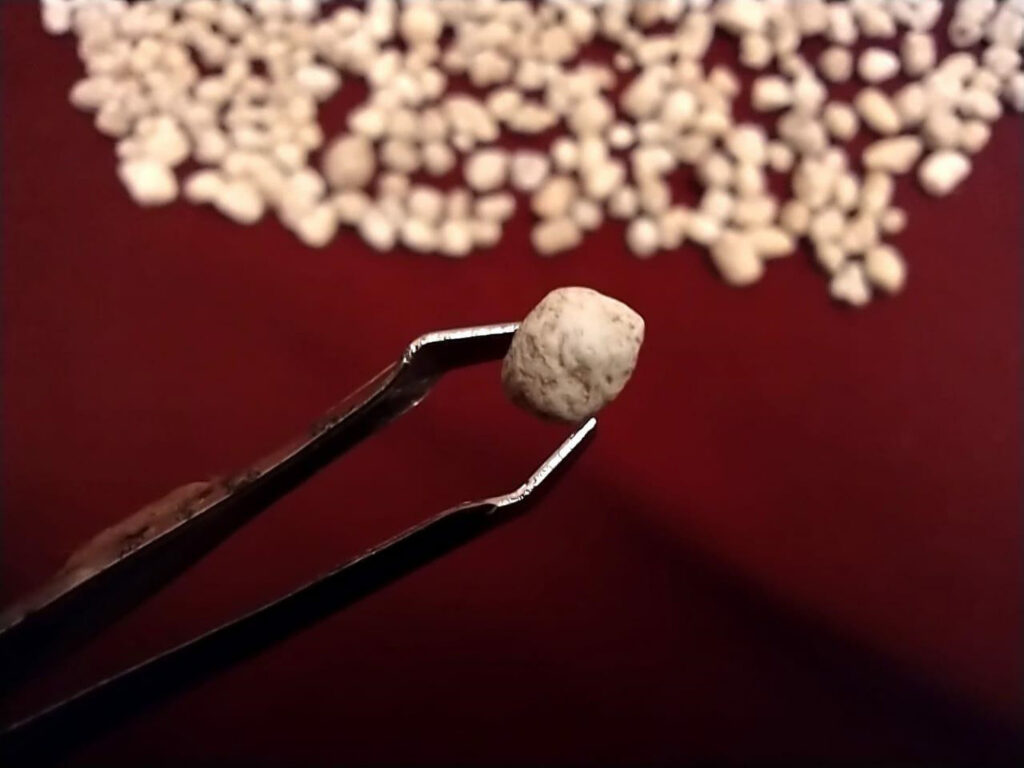
Aguilar added that the team had so far discovered 770 of these tiny bones.
He added: “For years, at the San Pedro museum, we have been collecting samples of different osteoderms, since we are convinced that each genus of sloth generated a unique and particular pattern of these small bones.”
Osteoderms are bony deposits forming scales, plates, or other structures in the dermis.
He continued: “We have found some that are semi-spherical, kidney-shaped and even bipyramidal. That is why we believe that this diversity of forms only has one explanation and that is that each group of these animals produced its own particular form.”
The expert explained that the next step in their research is to confirm this hypothesis and to identify which shapes each species came up with.
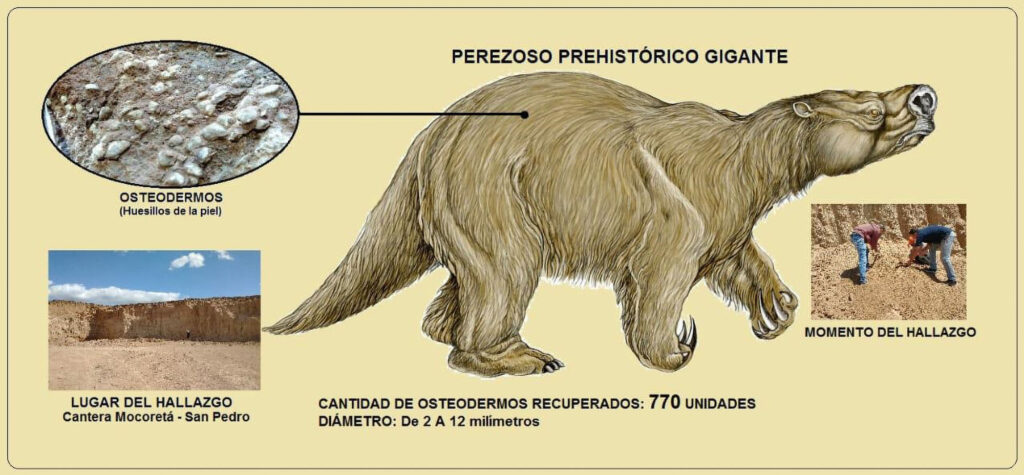
To find out more about the author, editor or agency that supplied this story – please click below.
Story By: Joseph Golder, Sub-Editor: William McGee, Agency: Newsflash
The Ananova page is created by and dedicated to professional, independent freelance journalists. It is a place for us to showcase our work. When our news is sold to our media partners, we will include the link here.

